PPT-Diagnosis and Management of Acute HIV Infection
Author : roberts | Published Date : 2023-07-05
wwwhivguidelinesorg JULY 2021 NYSDOH AIDS Institute Clinical Guidelines Program Purpose of This Guideline Recognize the risks for and signs and symptoms of acute
Presentation Embed Code
Download Presentation
Download Presentation The PPT/PDF document "Diagnosis and Management of Acute HIV In..." is the property of its rightful owner. Permission is granted to download and print the materials on this website for personal, non-commercial use only, and to display it on your personal computer provided you do not modify the materials and that you retain all copyright notices contained in the materials. By downloading content from our website, you accept the terms of this agreement.
Diagnosis and Management of Acute HIV Infection: Transcript
wwwhivguidelinesorg JULY 2021 NYSDOH AIDS Institute Clinical Guidelines Program Purpose of This Guideline Recognize the risks for and signs and symptoms of acute HIV include HIV infection in the differential diagnosis and consider HIV testing in any person who presents with signs and symptoms suggestive of influenza flu mononucleosis mono or other viral syndromes including suspected COVID19. An Evolving Epidemic. Marina B. Klein, MD, MSc, FRCP(C). Division of Infectious Diseases and Chronic Viral Illness Service. McGill University Health Centre. HCV Genotype. Genotypes 1-6. 62% genotype 1 in Canada. Persons Who Inject Drugs . National Center for HIV/AIDS, Viral Hepatitis, STD & TB Prevention. Division of HIV/AIDS Prevention. Diagnoses of HIV Infection Among Adults and Adolescents by Transmission Category, 2009–2013—United States and . Lise. Marty . (INSERM-UPMC). ,. . F. . Cazein. . (Santé . Publique France). , . J. . Pillonel. . (France Santé Publique France). , . D. . Costagliola. . (INSERM-UPMC). , . V. . Supervie. . (INSERM-UPMC). in Florida . Diagnosed through 2014. Florida Department of . Health. HIV/AIDS Section . Division of Disease Control and Health Protection. Annual data as of 12/31/2015. To protect, promote and improve the health of all people in Florida through integrated state, county, and community efforts. . Diagnoses of HIV Infection among Children Aged <13 Years, by Age at Diagnosis. , . 2010–2014—United States and 6 Dependent Areas . N = . 1,050. Diagnoses of HIV Infection among Children Aged <13 Years, by . 2014. Florida Department of Health. HIV/AIDS Section. Division of Disease Control and Health Protection. *Injection Drug Use (IDU) data in this slide set include IDU and MSM/IDU cases. Data as of . 06/30/2015. Lawrence J. D’Angelo, M.D., M.P.H.. Director, Burgess . and Youth Pride Clinics. Division of Adolescent and Young Adult Medicine. Children’s National Medical Center. Professor of Pediatrics, Medicine, Epidemiology, Prevention and Community Health. Hepatitis C . Virus Infection. Core Competency 3: . Screening, Testing, Diagnosis, and Clinical Evaluation of HCV Infection among PLWH. Lesson Objectives. By the end of this lesson, the learner will be able to:. Objectives:. -Definition of pelvic inflammatory disease. - . Aetiology. and pathogenesis. - Incidence and mode of transmission. - Risk Factors. - Diagnosis. - Treatment. -complication. PELVIC INFLAMMATORY DISEASE. of Acute HIV Infection. www.hivguidelines.org. Terminology. 3/16/2022. NYSDOH AIDS Institute Clinical Guidelines Program. Acute HIV infection:. Describes the period immediately after infection with HIV when an individual is viremic and has detectable p24 antigen or has HIV RNA without diagnostic HIV antibodies. In the medical literature, “primary HIV infection” may describe this same period.. HIV1 and slower to progress to AIDS.. Most cases are due to type1.. Modes of transmission. 1-sexual.. 2- perinatal.. 3-parenteral(occupational and intravenous drug injection).. 4- blood transfusion.. Sore Throat: Could It Be Acute HIV? Anne Climaco, MD and Giselle Namazie, MD A 56yearold married male, who recently returned from Las Vegas, presented to followup for a persistent sore throat and feve UZ-UCSF ANNUAL RESEARCH DAY. 05 MAY 2017. W. Samaneka. MBChB. , MSc. For ACTG Team. Background. Current . evidence suggests that . ART instituted early during acute HIV infection (AHI) is key to containing HIV reservoir establishment . Dr. Sonalika’s Eye Clinic provide the best Eye infection treatment, Conjunctivitis treatment in pune, Hadapsar, Amanora, Magarpatta, Mundhwa, Kharadi Rd, Viman Nagar, Wagholi, and Wadgaon Sheri
Download Document
Here is the link to download the presentation.
"Diagnosis and Management of Acute HIV Infection"The content belongs to its owner. You may download and print it for personal use, without modification, and keep all copyright notices. By downloading, you agree to these terms.
Related Documents

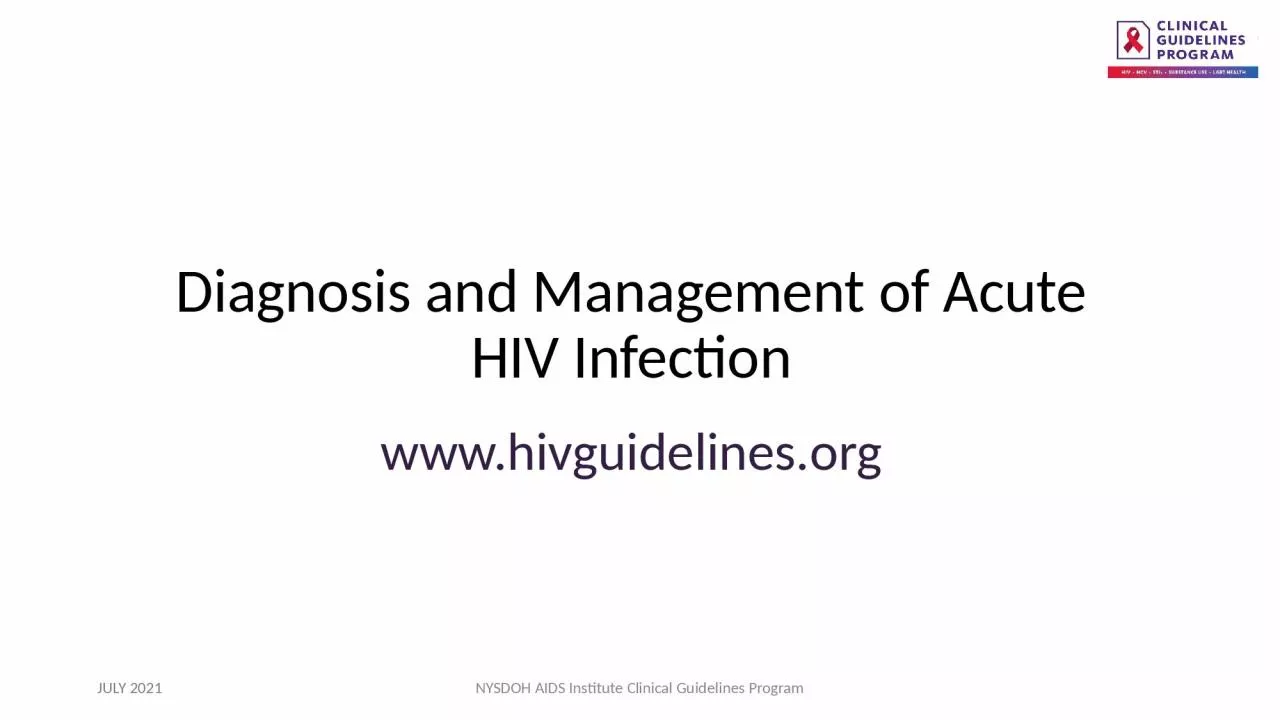
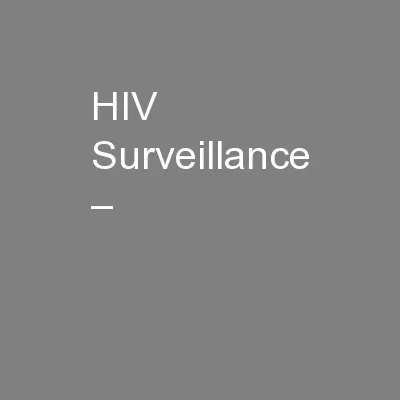
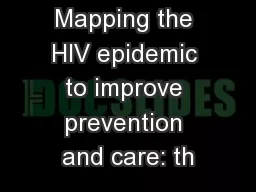
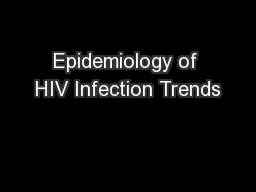
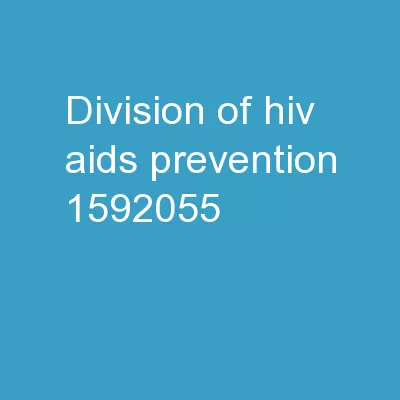
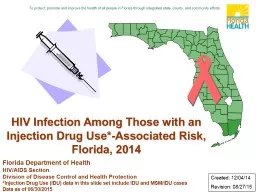
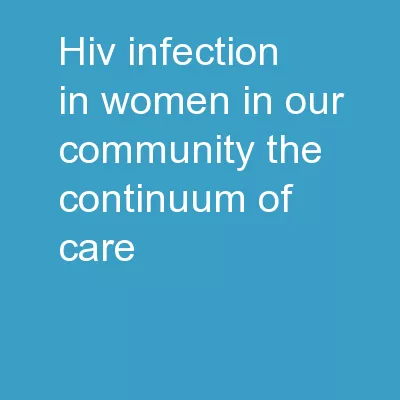
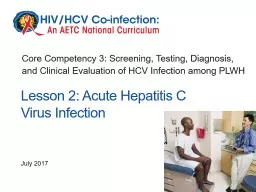

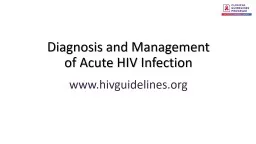

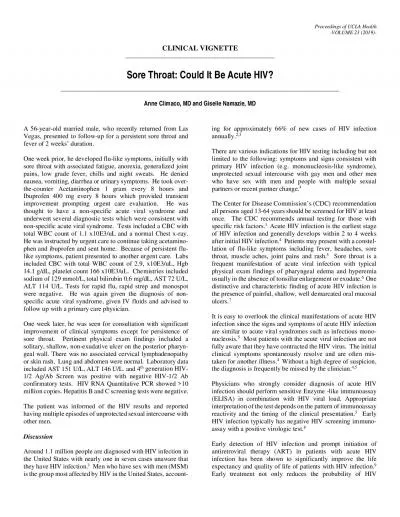
![A5354/Early ART to Limit Infection and Establishment of Reservoir [EARLIER]](https://thumbs.docslides.com/1032979/a5354-early-art-to-limit-infection-and-establishment-of-reservoir-earlier.jpg)
